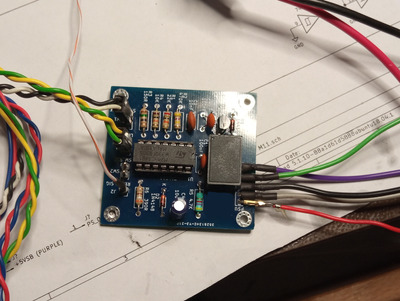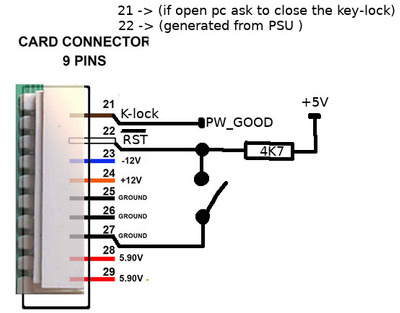Reply 100 of 125, by pentiumspeed
Wait. Start over clean!
Ground is the reference point in point of view of voltages. Simplest circuit is one loop, Battery, resistor and load, anything in between like switch, or a transistor all in series.
When it becomes two or more circuit then this becomes 2 loops, but if you add one extra that defeats the one of loops, then you end up non-functional.
I did not say anything else extra. I was very specific about what you should create the circuit.
I repeat:
Place the resistor of 220 ohms between power good and ground. Explanation: This creates pull down circuit to keep power good low all the time and resistor value is chosen to limit current when power good is pulled high. Now to this circuit place a switch and one 10 ohms resistor between 5V (only!) in series with 5V and power good signal pin, that creates a circuit of two resistors and one switch. When this switch closes this pulls power good signal pin high to 5V level and computer comes out of permanently held in reset mode due to 220 ohm pulled the power good signal voltage low is now pulled high via 5V because 10 ohms resistor defeats the 220 ohms resistor and is now dissipating about 20mA current from 5V to ground via that switch in form of tiny heat which is safe.
Do not overthink or add extra. Just do it what I said.
Ground---220 ohm-----+----Switch----10 ohm----5V
The plus sign "+" goes to power good signal pin.
Cheers,
Cheers,
Great Northern aka Canada.

